It seems we are still indifferent to enhancing the value of rice or haven't yet found the best direction for this billion-dollar export commodity?
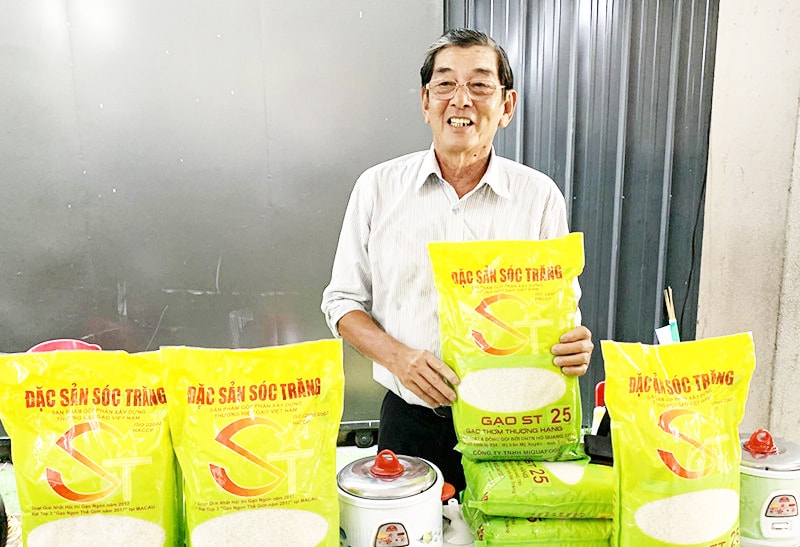
A worrying situation
Despite playing a strategic role in the national economy , Vietnam's rice industry is facing a major paradox.
According to the Ministry of Agriculture and Environment , in the first six months of 2025, although exports reached 4.9 million tons, a 7.6% increase compared to the same period last year, the value decreased by 12.2%, to $2.54 billion; the average export price of rice decreased by 18.4%, to $517.5/ton. This shows a worrying situation: We sell more rice but earn less money, relying on the export of raw rice with low added value and lacking strong brands... For example, the Philippines remains a large market, accounting for 43.4% of the market share, but the value of exports to this country decreased by 17.4%. Worryingly, the export target for the whole year of 2025 of $5.7 billion is becoming distant, projected to reach only about $5.5 billion... due to intense competition, largely from India - the world's largest rice exporter - which has eased export restrictions...
The root cause of this situation stems from challenges and limitations that have existed for many years. Although the "Project for the Development of Vietnamese Rice Brands to 2020, with a Vision to 2030" was approved in 2015, its implementation remains fragmented. Furthermore, the disjointed nature of production makes it difficult to control rice quality. The overuse of chemicals in cultivation is also a major obstacle.
Compared to strong competitors like Thailand with its Hom Mali rice or India with its Basmati rice, Vietnamese rice brands are very weak. Except for the success of ST25, very few Vietnamese rice brands are known to international consumers. The consequence is that Vietnamese rice often has to compete on price, accepting the use of imported brands to reach consumers, reducing profits and the industry's standing. Furthermore, the complex issues of trademark protection and counterfeit goods cause damage to legitimate businesses and erode consumer trust.
Former Deputy Director of the Department of Crop Production (Ministry of Agriculture and Rural Development, now the Ministry of Agriculture and Environment) Le Thanh Tung argues that building a rice brand must start from businesses, not from the national level; building a rice brand from the national level is likely to fail. Many standards and regulations will stifle the creativity of businesses. Rice, like other commodities, requires brand evaluation based on safety, uniformity, timeliness, appropriate pricing, and market access strategies…
The path to elevating the quality of Vietnamese rice.
Recognizing the importance of branding, the government and businesses have made initial efforts that have been recognized. The resounding success of ST25 rice, with its two-time "World's Best Rice" award, is clear evidence of the enormous potential of Vietnamese rice when properly invested in. This is not just the story of a rice variety, but also a source of pride, motivation, and valuable experience for the entire industry. However, despite being recognized as the world's best rice, ST25 represents only a small fraction of Vietnam's millions of tons of exported rice.
To sustainably enhance the value of Vietnamese rice, a comprehensive strategy and coordinated, decisive efforts from the government, businesses, and farmers are needed. According to Labor Hero Ho Quang Cua, countries that have successfully built rice brands, such as India and Thailand, focus on a single variety with a high purity standard. Regardless, Vietnam must adhere to international standards, with quality and aroma being the decisive criteria. First and foremost, it is necessary to finalize and effectively implement a long-term national rice branding strategy with specific and practical support policies regarding taxes, credit, and trade promotion; strongly promote value chain linkage models, and establish specialized farming areas according to international standards such as GlobalGAP and VietGAP to ensure consistent quality and traceability.
According to Deputy Minister of Agriculture and Environment Le Thanh Nam, the project to sustainably develop 1 million hectares of high-quality, low-emission rice cultivation in the Mekong Delta by 2030, linked with green growth, is one of the solutions to build a Vietnamese rice brand. Investing in research and development of rice varieties, applying high technology to production, and deep processing are also urgent requirements to diversify products and increase value; brand promotion activities also need to be systematically invested in, building an image of Vietnamese rice associated with quality. Furthermore, the success of ST25 rice should be leveraged to promote the rice industry and build compelling brand stories. Simultaneously, intellectual property protection needs to be strengthened; proactive registration of trademark protection in international markets is necessary; and strict action against counterfeiting and imitation is needed to protect product reputation and the rights of businesses. It's time we eradicated indifference and took more decisive action to gradually assert the position of Vietnamese rice in the world market.
Source: https://hanoimoi.vn/xay-dung-thuong-hieu-gao-viet-nam-con-tho-o-709778.html


![[Photo] Prime Minister Pham Minh Chinh holds a phone call with the CEO of Russia's Rosatom Corporation.](/_next/image?url=https%3A%2F%2Fvphoto.vietnam.vn%2Fthumb%2F1200x675%2Fvietnam%2Fresource%2FIMAGE%2F2025%2F12%2F11%2F1765464552365_dsc-5295-jpg.webp&w=3840&q=75)
![[Photo] Closing Ceremony of the 10th Session of the 15th National Assembly](/_next/image?url=https%3A%2F%2Fvphoto.vietnam.vn%2Fthumb%2F1200x675%2Fvietnam%2Fresource%2FIMAGE%2F2025%2F12%2F11%2F1765448959967_image-1437-jpg.webp&w=3840&q=75)




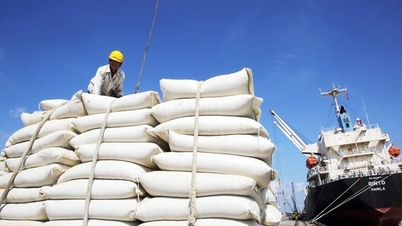

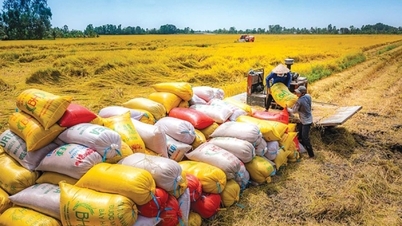



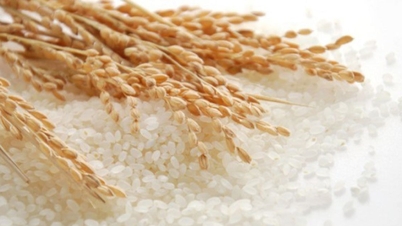

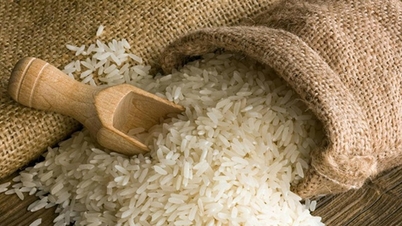
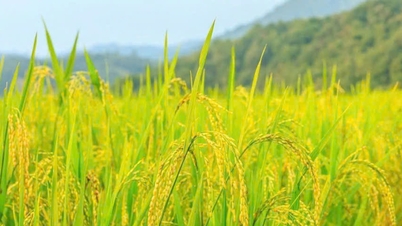


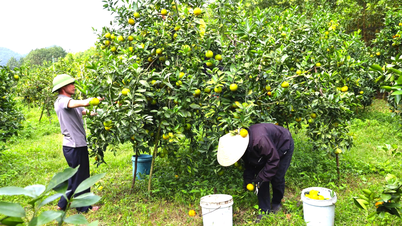

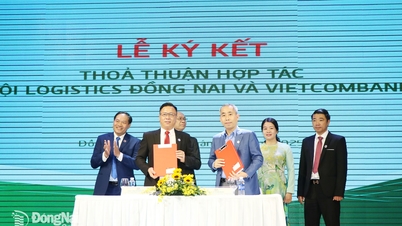
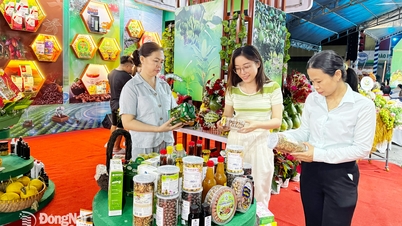








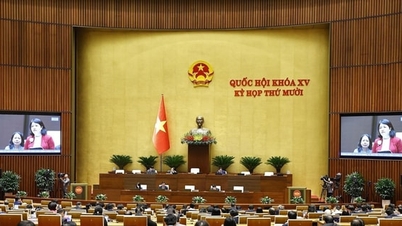
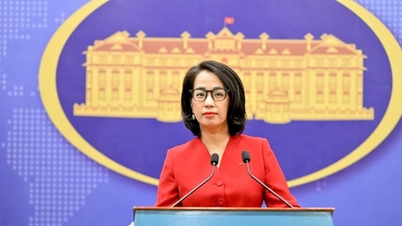
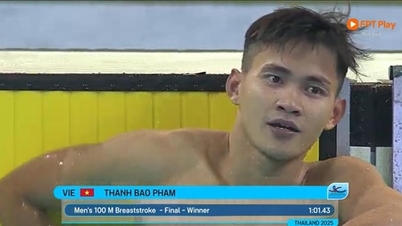

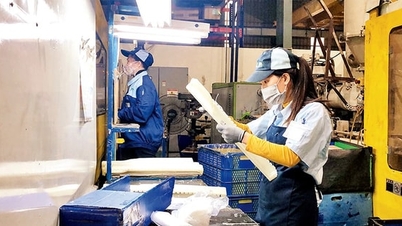

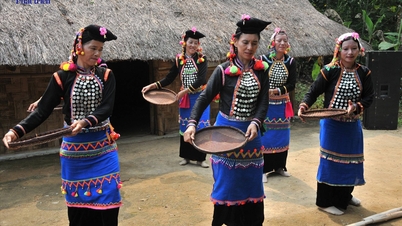

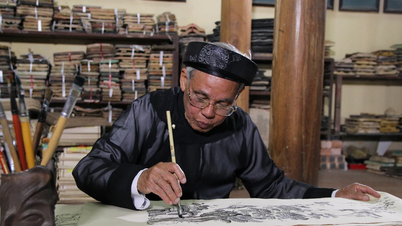

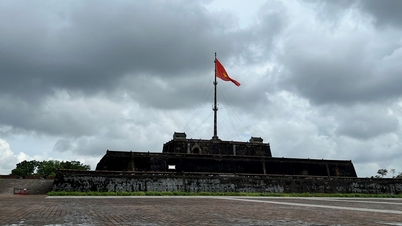

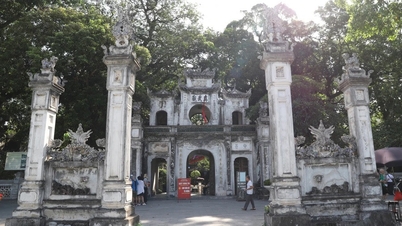

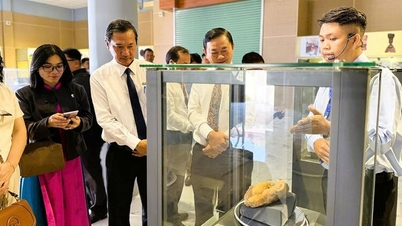

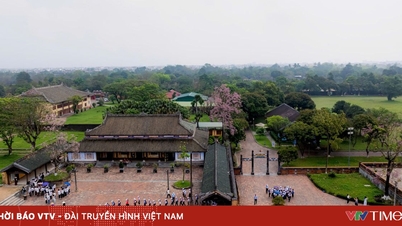

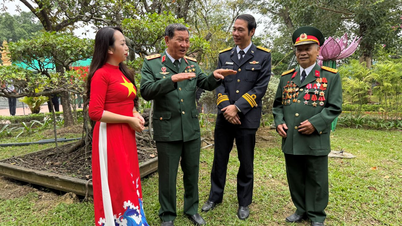





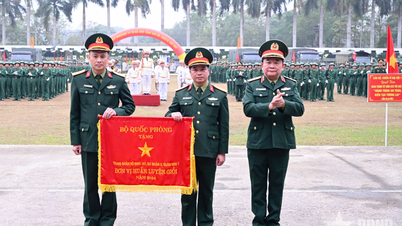
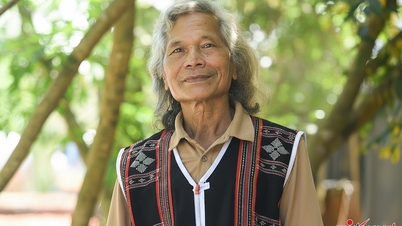



![[OFFICIAL] MISA GROUP ANNOUNCES ITS PIONEERING BRAND POSITIONING IN BUILDING AGENTIC AI FOR BUSINESSES, HOUSEHOLDS, AND THE GOVERNMENT](https://vphoto.vietnam.vn/thumb/402x226/vietnam/resource/IMAGE/2025/12/11/1765444754256_agentic-ai_postfb-scaled.png)
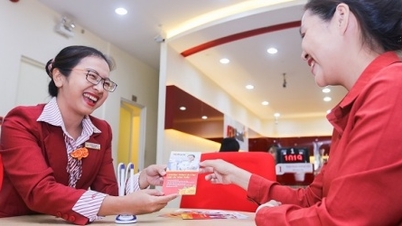


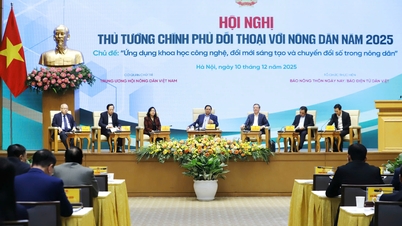

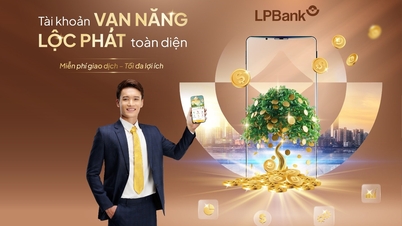








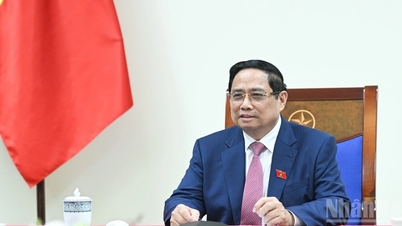
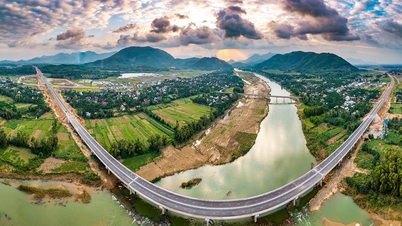





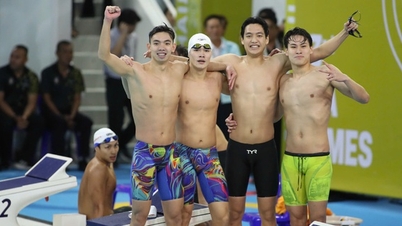

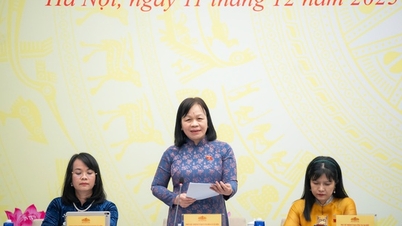

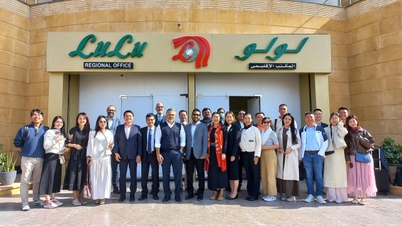

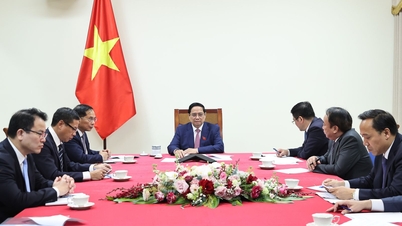

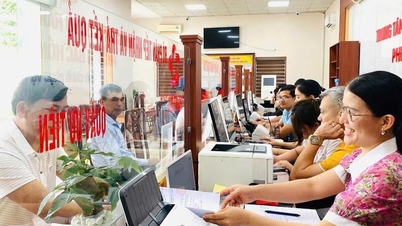





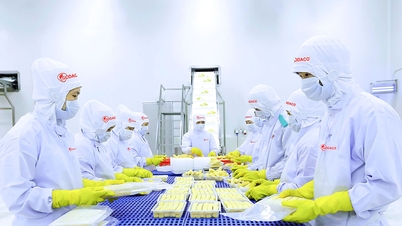
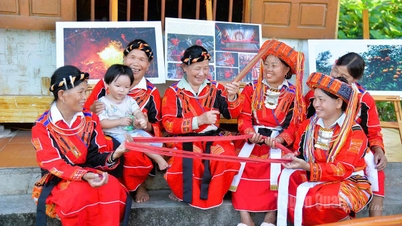










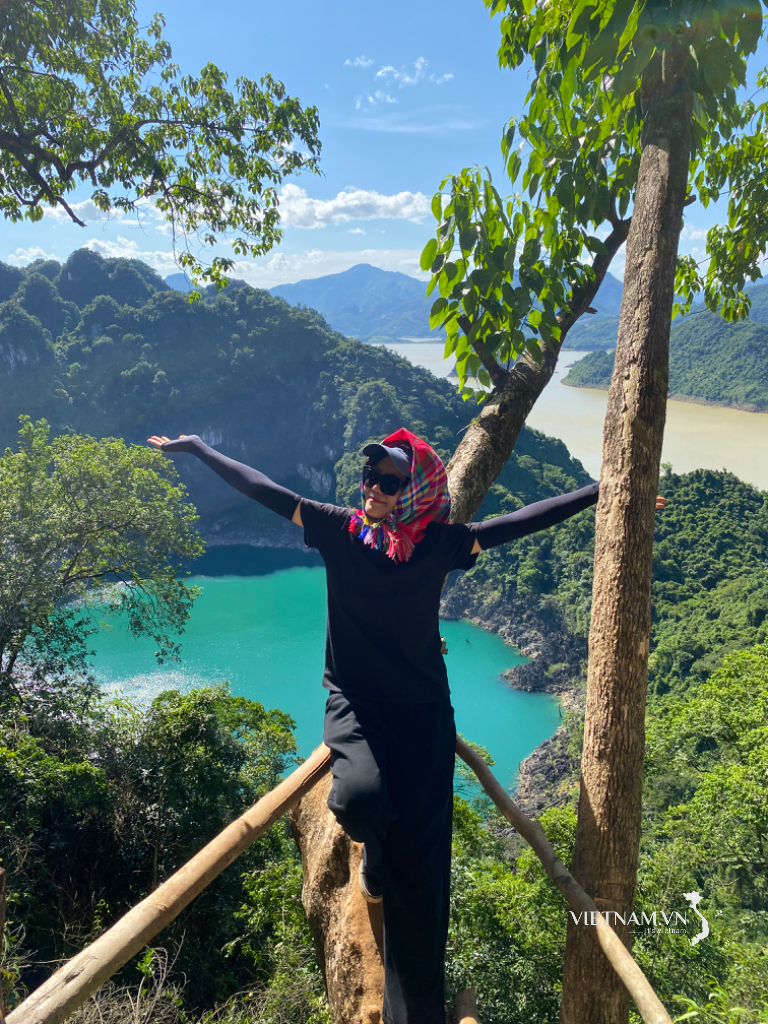



Comment (0)